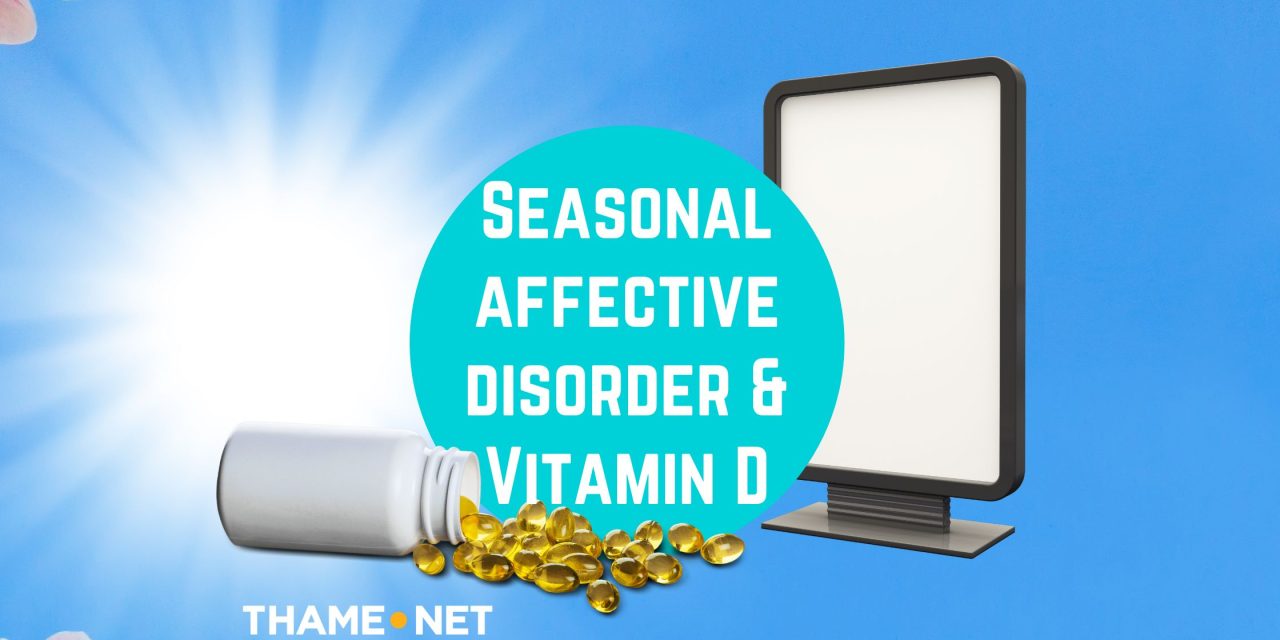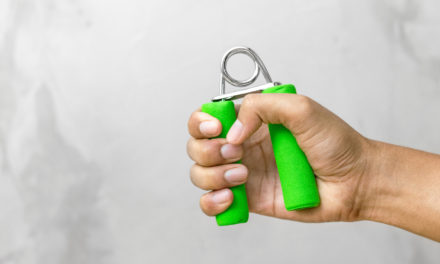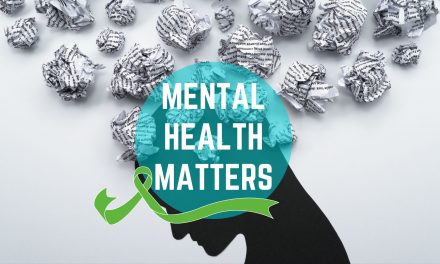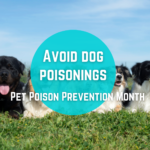Seasonal affective disorder, often abbreviated to SAD and also known as winter depression. Which is a type of depression that fluctuates or can come and go with the change of the seasons. As the seasons change and the days get darker a lot quicker and tend to be cloudier in general which is when a lot of people tend to be affected by SAD, but some people do experience symptoms in the summer and feel better throughout the winter.
Symptoms will vary in each individual and will affect them differently, some can affect a person’s everyday life. If you are feeling more tired, achy and experiencing a lower mood, you may want to get your levels tested or try a few things first.
Vitamin D deficiency is usually more common in those that are working from home, with the windows closed (as UVB can’t go through glass) in a work environment with no windows, babies up to the age of 4, those that cover up more and/or have little/no sun or skin exposure on a daily basis.
It will vary per person how much time in the sun you will need to obtain a good amount of vitamin D. The fairer someone’s skin, generally the less sun you will usually need to get the correct amount of vitamin D, this is because you have less melanin, so please be careful to the amount of skin exposure you have and make sure to protect yourself, Astaxanthin is suppose to be a good supplement to help naturally protect you from the sun, but don’t stop other things like SPF completely.
Vitamin D can last in your system for up to 40-60 days, it is important as UVB helps your body absorb calcium into bone and help keep your teeth and bones healthy, your immunsystem and helps reduce depression.
Ways to help yourself with SAD are special lightboxes, supplements and even adding different foods into your diet can help.
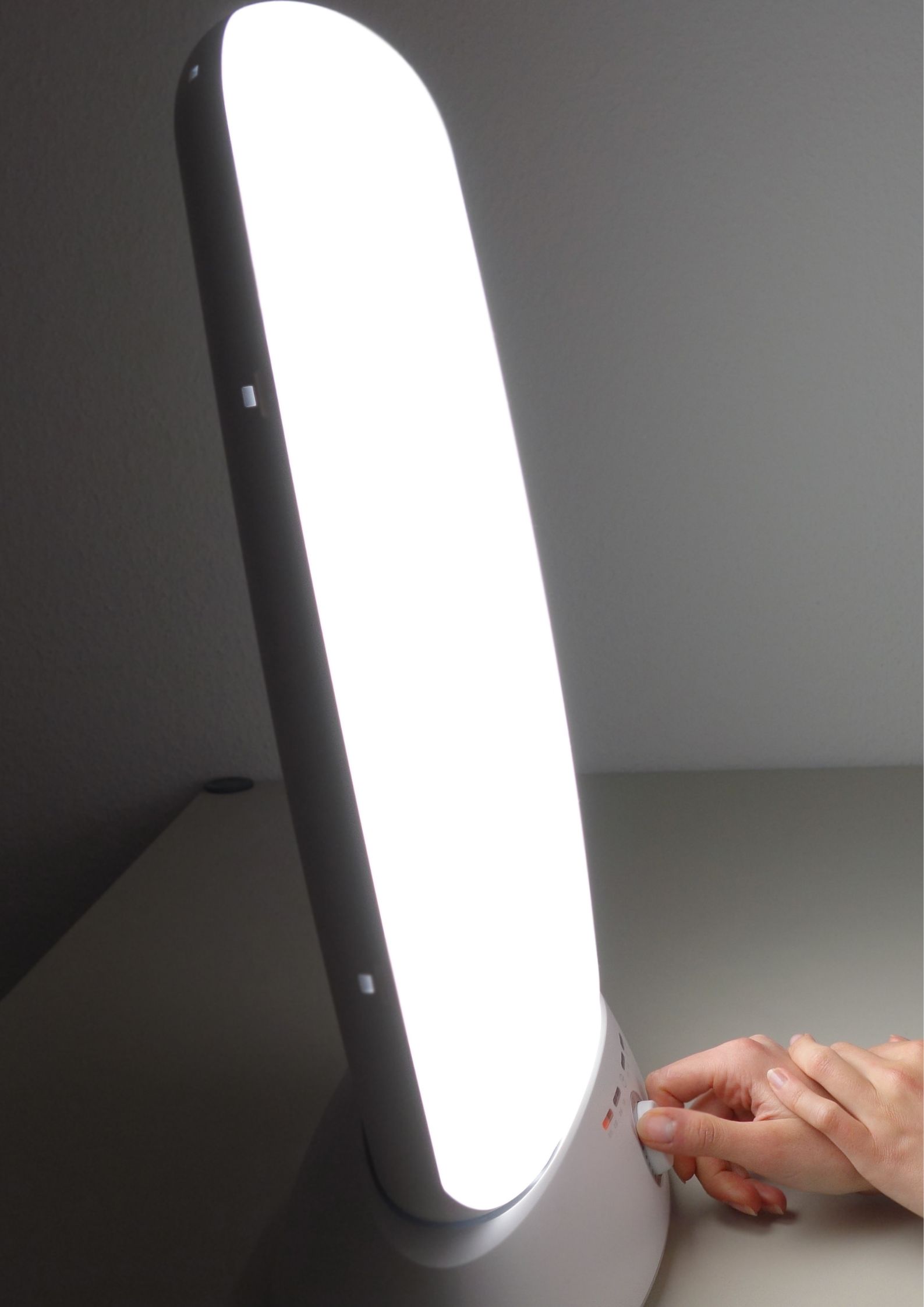
LIGHT THERAPY
Ways to help yourself with SAD are special lightboxes, supplements and even adding different foods into your diet can help.
A lot of research suggests that SAD lights are designed to mimic daylight and trick your body into releasing serotonin, some people benefit from exposure to it in the morning to help wake them up, others throughout the day to help keep them awake and some towards the end of the evening, but be careful it doesn’t keep you awake. The light boxes themselves contain fluorescent tubes and emit white light, it doesn’t form vitamin D, but encourages good results. You place your specially designed SAD light around an arms stretched distance away and can get on with other tasks, as long as you are exposing your eyes to it for around 30-60 minutes at a time. The lights come in all sorts of sizes and designs, they vary in price massively, so it is important to find the right one for you and it is worth checking the reviews.
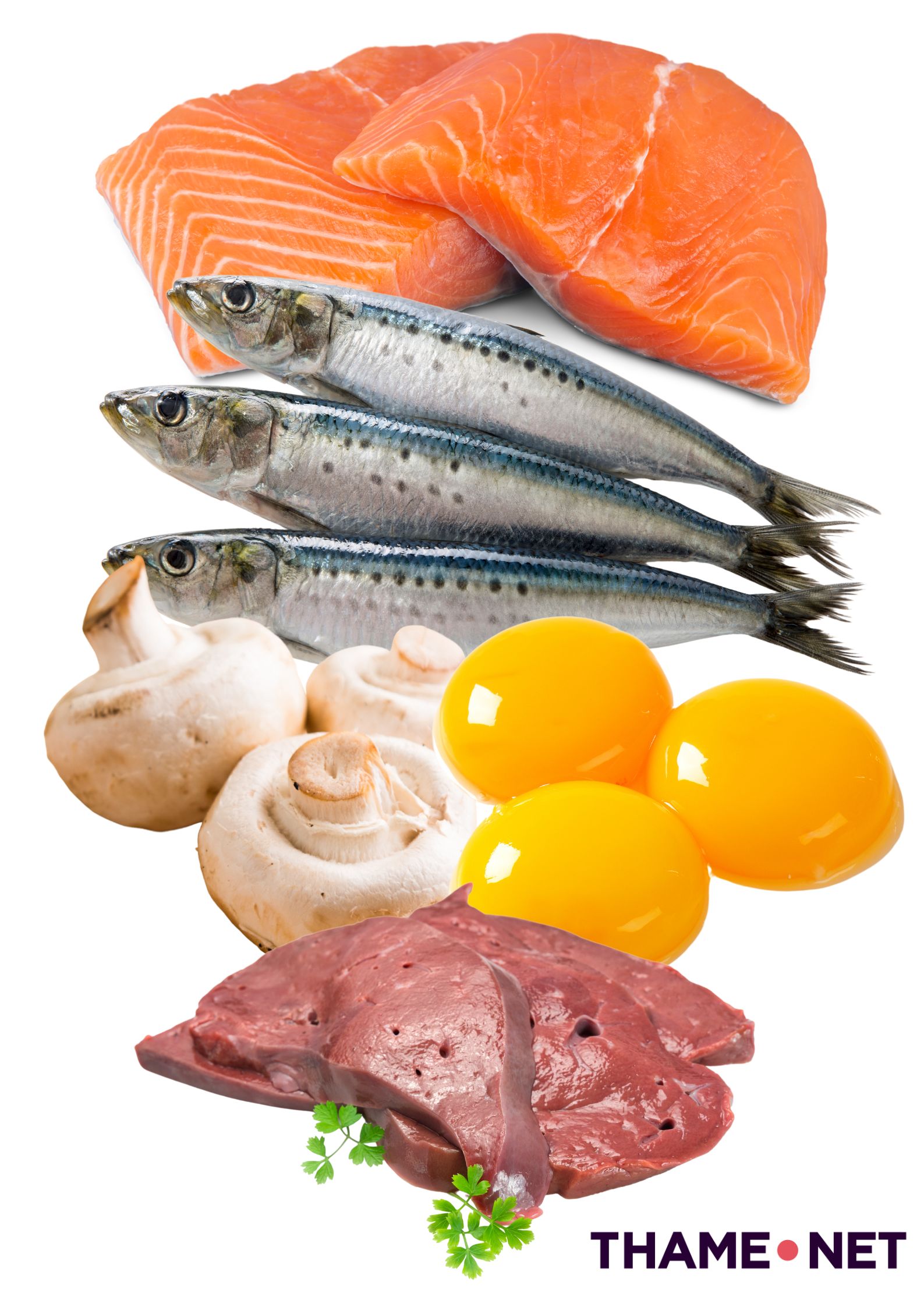
FOOD AND SUPPLEMENTS
Food wise, adding oily fish into your diet such as wild salmon, sardines and mackerel can help you naturally get vitamin D, even mushrooms, egg yolk, liver and red meat. It is said that if you leave your mushrooms to get natural daylight, it will help more too.
As far as supplements go as long as you use the products correctly, there shouldn’t be any difference in taking Tablets, Drops or Spray versions. Just make sure if you are taking a supplement that it is D3 with K2 as it helps the calcium into the bones better than without K2.
If you are concerned about your health and think it may be down to a deficiency, there are home prick tests you can buy or talk to a pharmacist or your GP.
NHS GUIDELINES
Do not take more than 100 micrograms (4,000 IU) of vitamin D a day as it could be harmful.
Children aged 1 to 10 years, no more than 50 micrograms (2,000 IU) a day.
Under 12 months should be no more than 25 micrograms (1,000 IU) a day.

